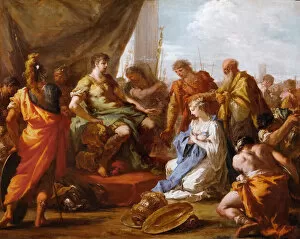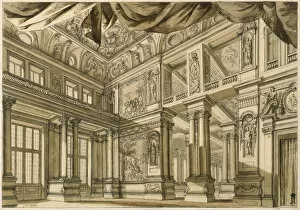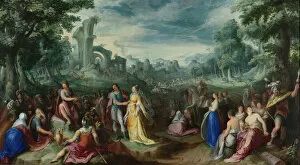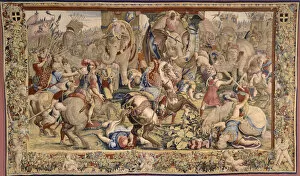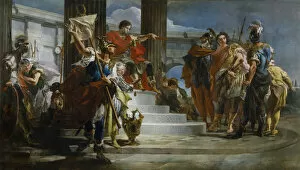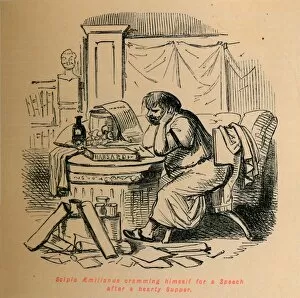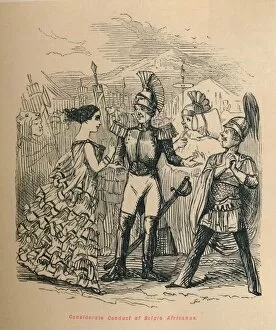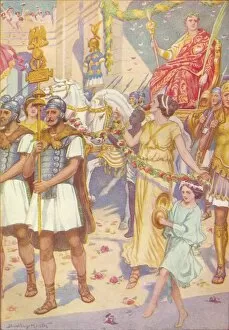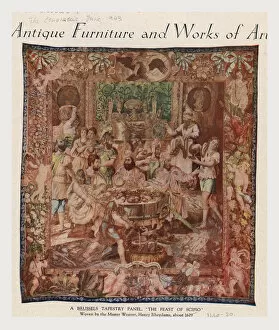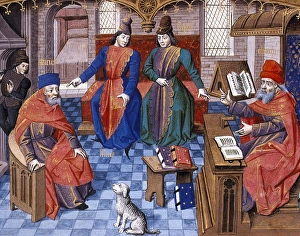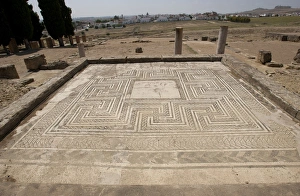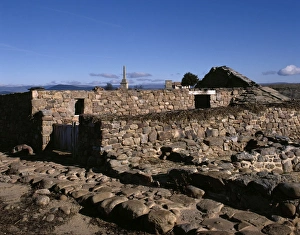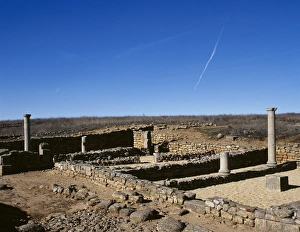Scipio Collection (page 2)
"Scipio Africanus: A Legendary General and Statesman" In the historic Battle of Zama, Scipio Africanus faced off against his formidable adversary, Hannibal
All Professionally Made to Order for Quick Shipping
"Scipio Africanus: A Legendary General and Statesman" In the historic Battle of Zama, Scipio Africanus faced off against his formidable adversary, Hannibal. This encounter marked a pivotal moment in the Punic War and showcased Scipio's strategic brilliance. Imperial Airways recognized Scipio's significance by featuring him on their iconic posters. These artworks depicted four types of planes, symbolizing the diverse skills possessed by this remarkable leader. One particular poster highlighted a seaplane named after Scipio himself. It served as a tribute to his naval victories and demonstrated his versatility as both a land and sea commander. Scipio Africanus was not just known for his military triumphs; he also displayed exceptional diplomacy. Antiochus III of Syria returned Scipios captured son, illustrating the respect commanded by this influential figure. Even at a young age, Scipio Africanus showed great promise. His achievements earned him the title "Scipio Africanus Ynger, " emphasizing his extraordinary talent that surpassed expectations. Throughout his career, Scipio encountered various challenges. One such instance involved uncovering a military conspiracy aimed at undermining Rome's power. His vigilance ensured stability within the empire. Born in 236 BC, Scipio Africanus became one of Rome's most revered generals and consuls during an era filled with political turmoil and warfare. His leadership left an indelible mark on Roman history. Artists like Cesari immortalized the epic clash between Scipio and Hannibal through their masterpieces. The painting titled "The Fight between Scipio Africanus and Hannibal" captures their fierce rivalry that shaped ancient Europe's destiny. Beyond warfare, discussions about Latin philosophers often included mention of Cato t alongside other prominent thinkers like Cicero or Seneca—a testament to how widely respected he was among intellectual circles.

